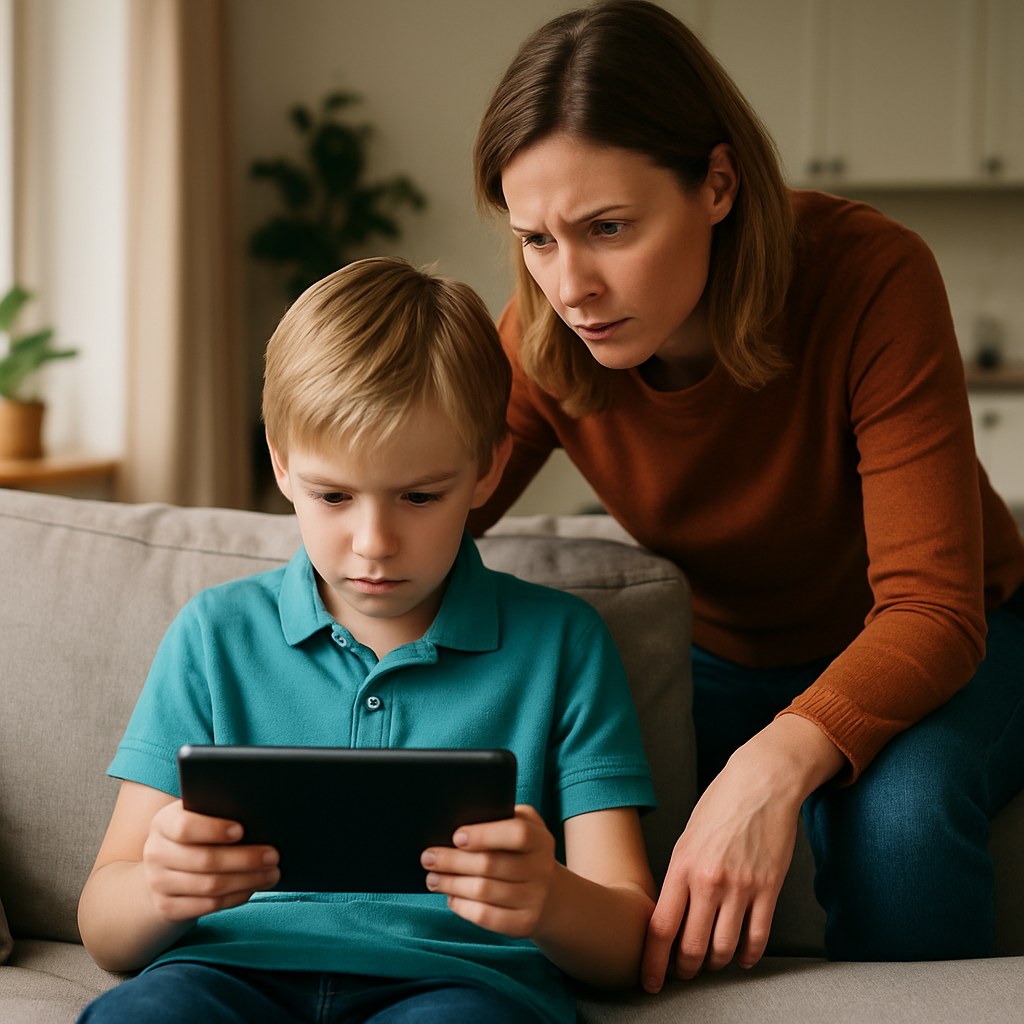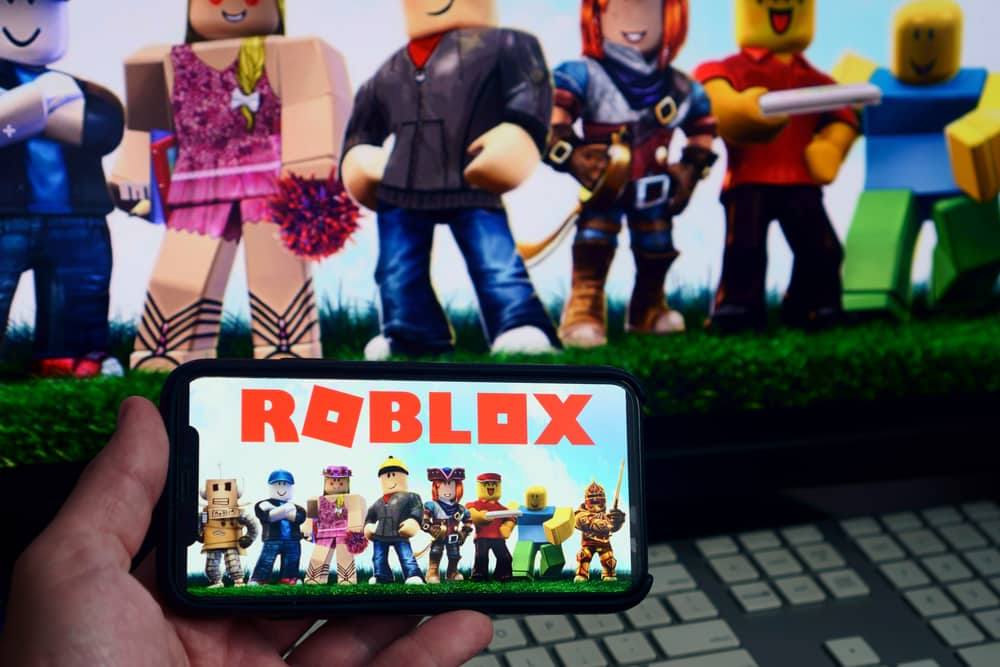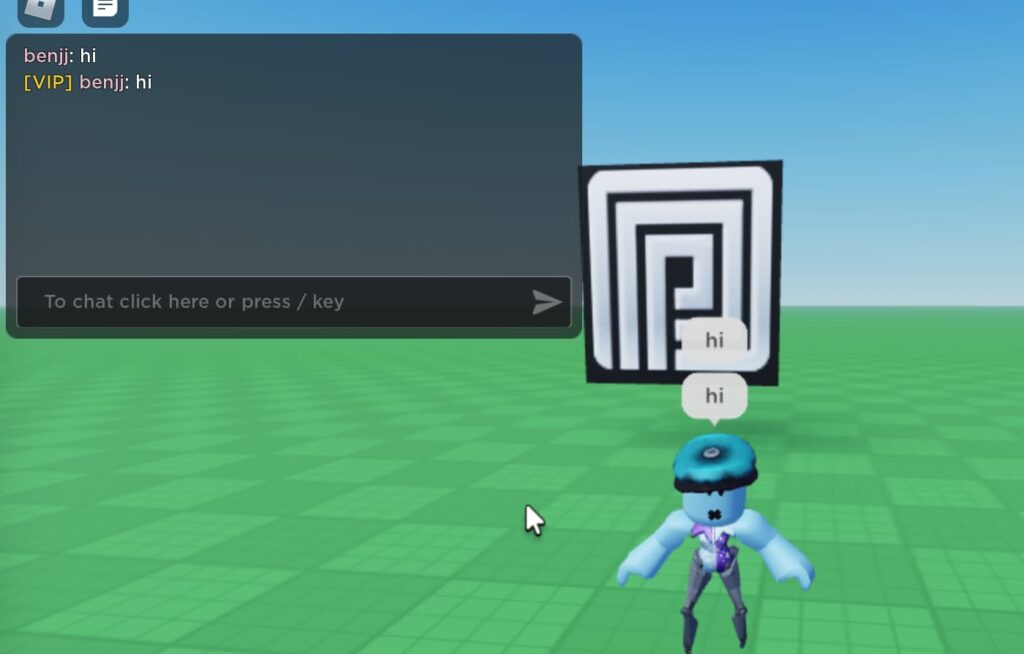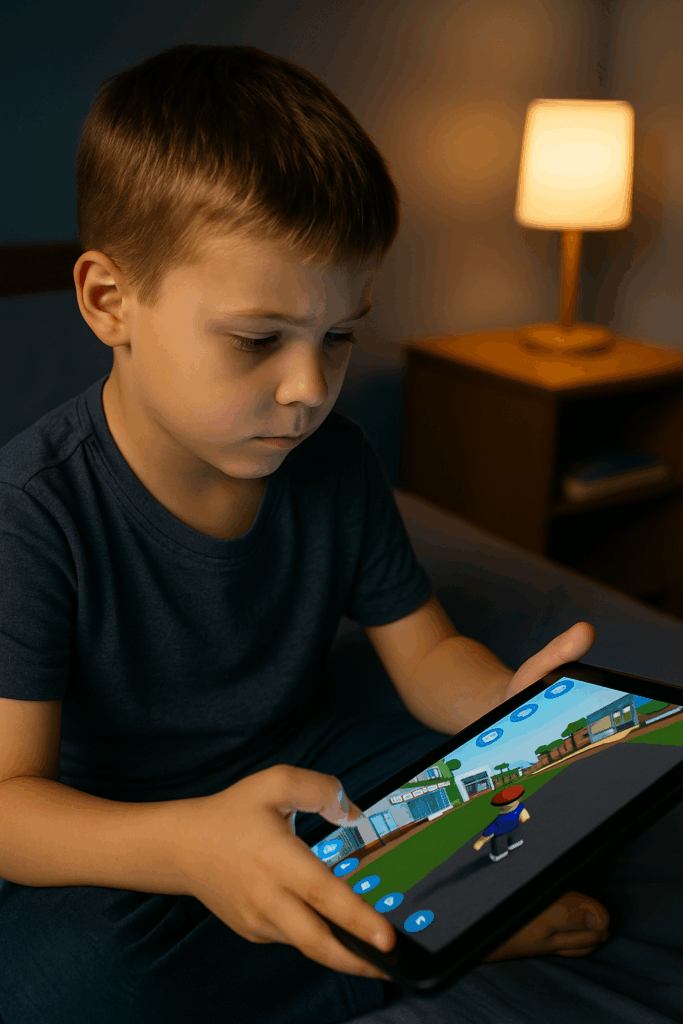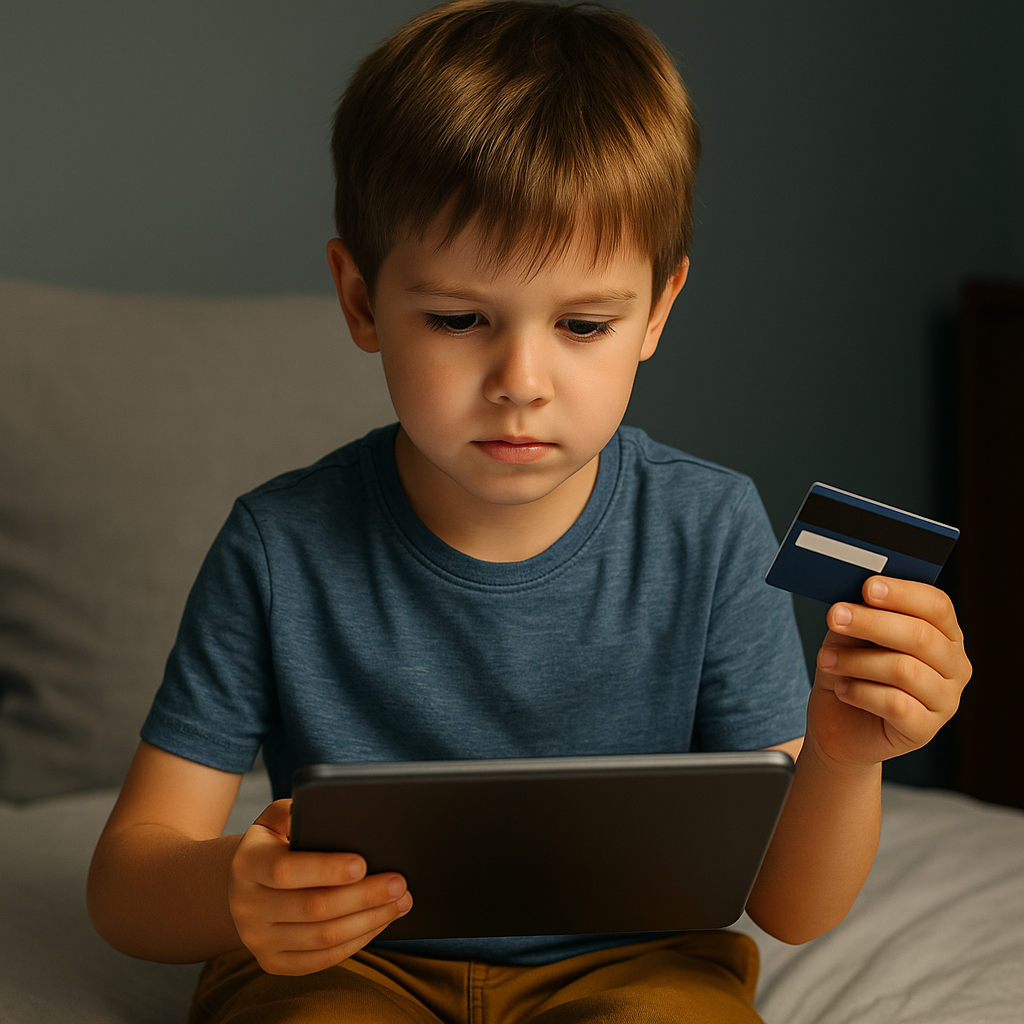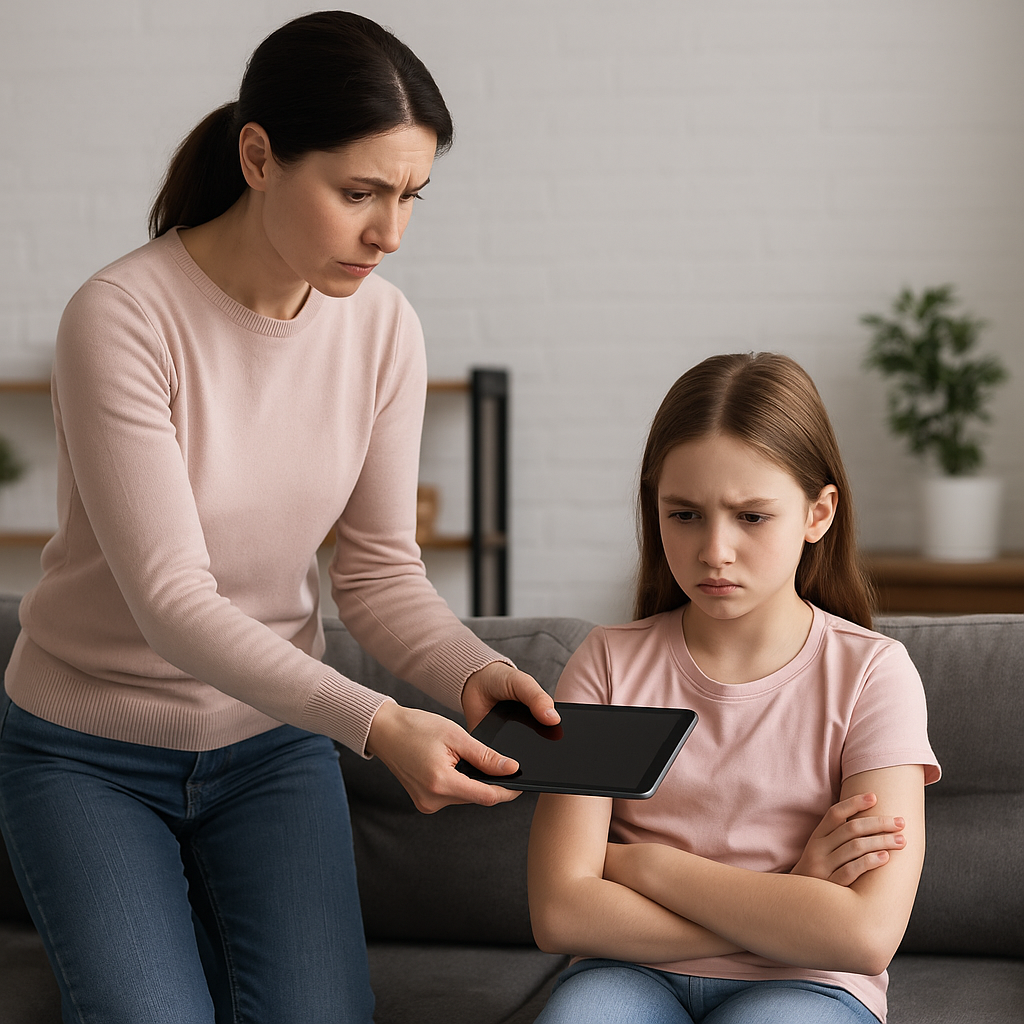Roblox is one of the most popular online platforms for kids and preteens in 2025. It allows users to create, share, and play millions of user-generated games. While its creativity and accessibility make it highly appealing, the open nature of the platform can also expose young users to risks. This guide covers everything parents need to know about keeping your kids safe on Roblox, from understanding what Roblox is to identifying the red flags every parent should watch out for.
What Is Roblox?
Roblox is not a single game. It’s a massive online ecosystem where users can develop their own mini-games—known as “experiences”—using Roblox Studio, and others can play them for free or with in-game purchases. Roblox has become a digital playground, allowing children to socialize, build, compete, and even develop basic programming skills.
With a highly customizable avatar system, chat features, and constantly changing game types, Roblox offers something for every interest. However, the same openness that fuels creativity also presents challenges when it comes to keeping your kids safe on Roblox.
Why Roblox Can Be Risky for Children
While Roblox promotes itself as a family-friendly gaming platform, the reality is far more complex. At its core, Roblox is an open and constantly evolving online ecosystem built by its users—millions of them, many anonymous, and not all with good intentions. Because of its open-ended nature, kids are exposed not just to other players but also to environments that Roblox itself cannot fully moderate in real time.
Here’s a closer look at some of the most common and pressing risks—and how they show up inside specific games and social interactions.
Unfiltered Content Inside Popular Games
One of the most overlooked dangers on Roblox is inappropriate or unfiltered content hidden in user-generated games. Roblox does employ AI moderation and human moderators to filter out graphic or offensive materials, but it’s impossible to catch everything immediately. Many games slip through the cracks, especially those that gain popularity before being reviewed.
For example, in games that simulate real-life environments—like “Brookhaven” or “Club Iris”—players can take on adult roles, use slang or coded language, and act out dating or even romantic storylines. While these might seem tame at first glance, the roleplay often escalates into behavior that mimics adult relationships, even in public chat. In some games, players create bedrooms, private areas, or even “VIP lounges” where behavior becomes less appropriate and more suggestive.
I’ve seen players use emotes or avatar customization tools to simulate dancing or flirting that’s not at all suited for children. While these games aren’t explicitly marked for mature audiences, their social dynamics take them in that direction quickly, especially with minimal oversight.
Unrestricted Communication With Strangers
Roblox allows players to communicate in several ways: text chat in public games, private messaging, and even voice chat (if accounts are age-verified). Unless manually restricted, most of these features are wide open to any user, regardless of age.
The danger lies in how strangers initiate conversations. In many social games like “Adopt Me!” or “MeepCity,” players form teams, families, or in-game relationships with strangers. These interactions can seem innocent at first—a user might offer to “adopt” your child’s avatar or help them win a challenge—but they can evolve quickly into personal exchanges.
I’ve seen cases where players ask, “What’s your real name?” or “Do you have TikTok?” which seems harmless but opens the door for potential grooming or unwanted contact. Some strangers invite kids to follow them into private servers or external platforms like Discord, where conversations are completely unmonitored by Roblox.
Even in fast-paced games like “Murder Mystery 2,” where gameplay moves quickly, there’s often a break between rounds where players use chat to taunt, joke, or message each other. This downtime creates the perfect opportunity for strangers to start private conversations or friend requests.
Unless parents step in to restrict communication to “Friends Only” or “No One,” kids are left vulnerable to these interactions—some of which may not reveal themselves until weeks after a friendship is accepted.
Peer Pressure and In-Game Spending (Robux)
Robux is the official virtual currency in Roblox, and it’s the gateway to customization, progression, and social status within the platform. While technically optional, the pressure to spend Robux is immense—especially in games that equate spending with success or popularity.
In “Adopt Me!,” rare pets and vehicles cost Robux. Kids show off their best items during trades or while exploring the map. If your child doesn’t have these rare pets, they’re often excluded from trades or ignored by players looking for high-value items. This leads to frustration and a feeling of being left out.
In “Tower of Hell,” for example, players can buy power-ups with Robux that make the game easier—like extended time or invincibility. While the base game is free, the advantages Robux provide can turn a frustrating challenge into an easy win. Kids who can’t spend money may feel defeated or inferior, especially when other players breeze past difficult levels.
The peer pressure becomes worse in games like “Fashion Famous” or “Royale High,” where appearance matters. Players compete in outfit contests or attend virtual proms, and the most stylish avatars often win or get social recognition. Many of these outfits or effects can only be unlocked with Robux, creating a social hierarchy based purely on spending.
Scam games also prey on this dynamic. Kids are regularly tricked into playing experiences promising “free Robux” if they complete certain tasks, click outside links, or enter personal information. These games usually have thousands of visits before they’re taken down—and by then, the damage may be done.
How These Risks Intertwine in Social Settings
The real challenge of keeping your kids safe on Roblox is that these issues rarely appear in isolation. A game with inappropriate content may also include unmoderated chat. Peer pressure may influence a child to accept friend requests from strangers offering free Robux. One risk often leads directly to another.
Take this scenario as an example:
Your child joins a new game recommended by friends. It’s a popular social hangout with music, dancing, and roleplay. The chat is active. A stranger sends them a friend request and says, “Come to my private server—I’ll show you how to get Robux faster.” Inside the server, there’s a scripted game mechanic that looks like a reward system. But it’s fake, and after entering some personal info (maybe even just a Roblox password), the stranger now has access to your child’s account—or worse, tries to move the conversation to another app.
This chain of events might happen in under ten minutes. And unless you’re watching, reviewing the chat logs, or talking with your child about their day on Roblox, you may never know it happened.
Awareness Is the First Line of Defense
Understanding how these risks show up in the games your child plays is critical. Don’t just look at what’s trending—go play the games with them. Watch how the social dynamics unfold. Look at who’s interacting and what they’re saying. You’ll quickly spot the patterns.
It’s not about assuming the worst in everyone. Most players on Roblox are just there to have fun. But when millions of users can freely create content and chat without always being verified or filtered, a little vigilance goes a long way.
By learning how inappropriate content, open communication, and peer-driven spending mechanics actually manifest in the Roblox world, you put yourself in a far better position to protect your child. And better yet, you open the door for real conversations—ones that equip them to protect themselves.
That’s the foundation of keeping your kids safe on Roblox.
The Addictive Nature of Roblox Games
Roblox games are intentionally designed to be engaging and sticky. The platform includes systems that encourage players to return daily, such as streak bonuses, time-based rewards, and achievement unlocks. Some games even emulate casino-style progression mechanics, where each session leaves the player wanting just one more round.
The constant introduction of new games, social reinforcement, and avatar upgrades makes it easy for children to lose track of time. Without limits in place, excessive screen time can become an issue. Many parents report irritability, withdrawal from offline activities, and difficulty focusing—all signs that your child may be spending too much time on Roblox.
To aid in keeping your kids safe on Roblox, it’s important to monitor both content and time spent on the platform.
Managing Communication: Preventing Contact with Strangers
One of the most important aspects of keeping your kids safe on Roblox is managing who your child can talk to. By default, Roblox allows players to chat with anyone. But the platform does provide parental controls that can limit or eliminate these interactions.
Here’s how to manage your child’s communication settings:
Set Up an Under-13 Account: Roblox accounts registered under the age of 13 automatically apply stricter communication rules.
Use Account Restrictions: Enable “Account Restrictions” in the settings menu to apply the most protective controls across all features.
Limit Chatting to Friends Only: In privacy settings, you can set “Who can chat with me?” to “Friends” or “No one.”
Review the Friend List Regularly: Know who your child is connecting with and remove any unfamiliar usernames.
Taking these steps greatly enhances your success in keeping your kids safe on Roblox by creating a controlled communication environment.
Additional Safety Tips for Parents
Aside from communication, there are several other areas of concern that parents should address:
1. In-Game Purchases and Robux Scams
Robux, the in-game currency, can be bought with real money and used to purchase outfits, special powers, or entry into exclusive games. Some games are built to push children toward spending more Robux, and scams are not uncommon with scammers getting kids to buy Roblox Gift Cards.
What to do:
Turn off automatic purchases.
Set a monthly Robux budget.
Teach your child never to enter personal or payment info into games or websites.
2. Exposure to Unmoderated Games
While Roblox employs moderation, not all inappropriate content is caught immediately. Some user-created games mimic adult content or display violent themes.
What to do:
Explore the games your child plays before giving full access.
Use the “Favorites” or “Recent” tab to monitor game history.
Encourage your child to let you know if anything makes them uncomfortable.
3. Misleading Game Titles or Descriptions
Some developers use misleading thumbnails or names to lure players into inappropriate or scam-based games.
What to do:
Teach children not to trust games promising free Robux or rare items.
Report suspicious games immediately through Roblox’s reporting system.
Limiting Screen Time Without Causing Conflict
Helping your child balance digital play with real-world activity is key to keeping your kids safe on Roblox. Set clear and consistent rules for screen time. Let them know it’s not about punishment but health, balance, and long-term well-being.
Tips for success:
Set up daily time limits using your home router or device settings.
Offer offline alternatives like sports, hobbies, or family time.
Create a shared schedule where Roblox time is clearly defined.
How I Talk to My Child About Roblox Safety
When it comes to keeping my kids safe on Roblox, I’ve learned that rules and restrictions only go so far. What really makes the difference is open, honest communication. That’s why I make it a point to sit down with my child regularly—not to lecture, but to talk.
I’ll ask simple questions like, “What are you playing on Roblox these days?” or “Who have you been hanging out with in the game?” I try to stay curious, not controlling. When I come from a place of genuine interest, my child is far more likely to open up.
If they tell me something that concerns me—like a message from someone they don’t know or a game that felt off—I don’t overreact. I want them to feel safe bringing things to me, not afraid that they’ll lose their screen time. I always explain why certain things might be risky and how they can handle it better next time.
For me, keeping the conversation going is just as important as setting boundaries. When my kid knows I’m involved and that I understand what Roblox is, we build trust. And that trust is the most powerful tool I have in keeping them safe.
Use Roblox’s Built-In Parental Controls
Roblox offers a suite of parental controls designed specifically for keeping your kids safe on Roblox. These tools can limit chat, block certain games, and prevent unauthorized purchases.
Recommended settings:
Enable a Parent PIN to lock privacy and security settings.
Turn off chat and direct messaging unless absolutely necessary.
Restrict access to games marked “13+.”
Enable monthly activity reports.
Regularly reviewing these settings is one of the most effective ways to reinforce keeping your kids safe on Roblox.
The Importance of Staying Involved
The online environment changes quickly. New games trend daily, and developers often tweak content to attract attention. Parents who take a “set it and forget it” approach often miss these changes until problems arise.
Stay involved by:
Playing Roblox with your child occasionally.
Reading community reviews of popular games.
Following Roblox’s blog for updates on safety and features.
By actively participating in your child’s digital life, you not only make the platform safer, you strengthen trust and communication.
Roblox can be a great source of creativity, learning, and fun when used responsibly. But its open structure and massive community introduce real risks that every parent should be aware of. The key to keeping your kids safe on Roblox lies in a combination of strong communication, smart parental controls, and continued involvement.
Teach your children to be aware, confident, and cautious online. Equip them with tools, not fear. With the right knowledge and approach, you can make Roblox a safer, more positive part of their digital world.
